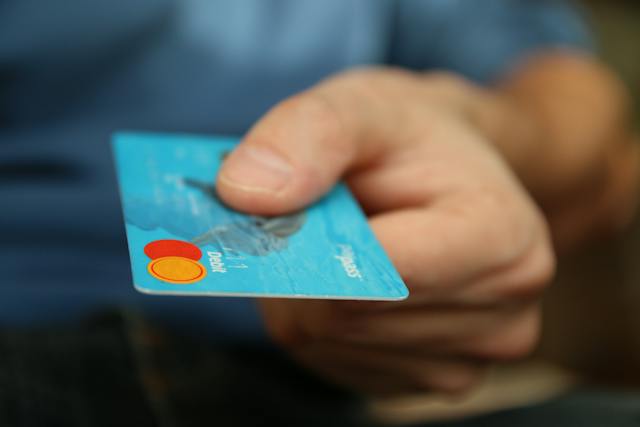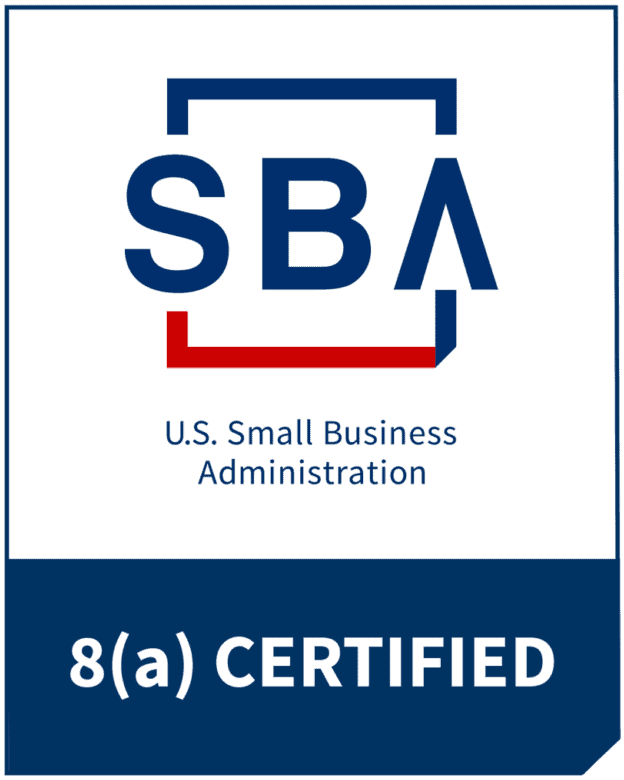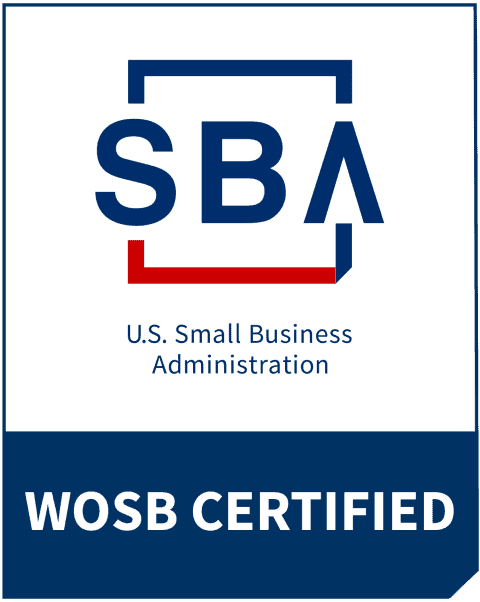How To Protect Yourself From Identity Theft In The San Francisco Bay Area
What can you do to protect yourself from identity theft?
-
Table of Contents
How to Protect Yourself from Identity Theft: 5 Essential Tips
1. Secure Your Personal Information: Keep your personal information secure by not sharing it with anyone. This includes your Social Security number, bank account numbers, passwords, and other sensitive information.
2. Monitor Your Credit Reports: Regularly check your credit reports for suspicious activity. You can get a free copy of your credit report from each of the three major credit bureaus once a year.
3. Use Strong Passwords: Create strong passwords for all your online accounts and change them regularly. Avoid using the same password for multiple accounts.
4. Be Careful with Your Mail: Be sure to shred any documents that contain personal information before throwing them away. Also, promptly pick up your mail from the post office or mailbox.
5. Be Wary of Phishing Scams: Be wary of emails or phone calls asking for personal information. Legitimate companies will never ask for your personal information via email or phone.

How to Spot and Avoid Common Identity Theft Scams
Identity theft is a serious crime that affects millions of people each year. It is essential to be aware of the various scams that criminals use to steal personal information. Understanding how to spot and avoid common identity theft scams can protect yourself and your family from becoming victims.
One of the most common identity theft scams is phishing. This is when criminals send emails or text messages that appear to be from a legitimate source, such as a bank or government agency. The message usually asks for personal information, such as a Social Security or bank account number. It is important to remember that legitimate organizations never ask for this information via email or text.
Read more:
How to improve your smart home security in the San Francisco Bay Area
What is a sim swapping attack and how can you avoid it?
How to spot online dating scams in the San Francisco Bay Area
How to secure your social media accounts in the San Francisco Bay Area
Another common scam is called “skimming.” This is when criminals use a device to steal credit card information from unsuspecting victims. Skimming devices are often placed on ATMs or gas pumps and can be challenging to detect. Always check for suspicious devices before using an ATM or gas pump to protect yourself from skimming.
It is also essential to be aware of “spoofing” scams. This is when criminals create fake websites or emails that appear to be from a legitimate source. The goal is to get victims to enter personal information, such as a credit card or Social Security number. To protect yourself from spoofing scams, ensure the website or email address is legitimate before entering personal information.
Finally, it is important to be aware of “smishing” scams. This is when criminals send text messages that appear to be from a legitimate source, such as a bank or government agency. The message usually asks for personal information, such as a Social Security or bank account number. It is important to remember that legitimate organizations never ask for this information via text message.
Understanding how to spot and avoid common identity theft scams can protect yourself and your family from becoming victims. Always be wary of emails, text messages, and websites that ask for personal information, and never give out your Social Security number or bank account number unless you are confident that the source is legitimate. Following these simple steps can help protect yourself from identity theft.
How to Secure Your Online Accounts to Prevent Identity Theft
Identity theft is a severe problem that can have devastating consequences. Fortunately, there are steps you can take to protect your online accounts and prevent identity theft.
First, use strong passwords. Passwords should be at least eight characters long and contain a combination of upper and lowercase letters, numbers, and symbols. Avoid using easily guessed passwords such as your name, birth date, or pet’s name. Using different passwords for each of your online accounts is also essential.
Second, enable two-factor authentication. This extra layer of security requires you to enter a code sent to your phone or email address in addition to your password. This makes it much harder for someone to gain access to your account.
Third, be aware of phishing scams. Phishing scams are emails or messages that appear from a legitimate source but are actually from scammers trying to get your personal information. Never click on links or download attachments from unknown sources.
Fourth, use a secure connection. Use a secure connection such as a Virtual Private Network (VPN) whenever possible when accessing your online accounts. This will help protect your data from being intercepted by hackers.
Finally, monitor your accounts regularly. Check your accounts for any suspicious activity and report any unauthorized transactions immediately.
Following these steps can help protect your online accounts and prevent identity theft.





